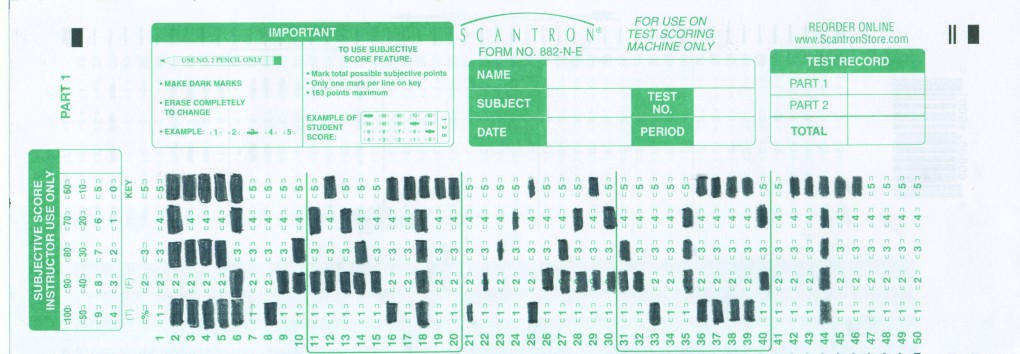Is college really necessary? How important is it that I do well on this test? These are just two of the many frantic thoughts that fly through a juniors’ heads as they begin the daunting task of preparing for and taking the college entrance exams, the SAT (Scholastic Aptitude Test) or the ACT (American College Test). Due to major changes that will be implemented the 2016 test, the SAT might see a decline in the average number of students taking it this year.
Students normally choose between the SAT or ACT based on individual preference and fit. However, due to the uncertainty of the new SAT as an unknown quantity, many students are being encouraged to take the ACT. Jasmine Jenkins, a tutor for Advantage Testing that provides ACT and SAT preparation classes at Kinkaid, said, “Considering the fact that the SAT is so new, I encourage students to start by looking at the ACT.”
The ACT was created to test what a student learns in school and is classified as an “achievement test.” In contrast, the current version of the SAT was designed to test a student’s aptitude, his or her natural ability to do something, with questions relating to verbal abilities and testing reasoning.
The changes on the new SAT are significant and will compel students to take a different approach in his or her study preparations. The new SAT will have reading and writing sections that are much longer and more challenging than in previous years. Ms. Jenkins shared that the tested vocabulary will employ words students will be able to apply and use in the future—no more syrabite or peripatetic. Instead, according to the New York Times, students will encounter words they will use in college courses, like empirical and synthesis. The math section will also no longer allow calculators on select portions. “The requirements for math knowledge are now much higher [than before],” said Ms. Jenkins. Finally, the essay, once mandatory, will now be made optional and offered on a computer, where students can type the essay, rather than writing by hand as they do with the current test.
Colleges will accept both the ACT and the current and new SAT. Head of Deans Ms. Quenby Mott said, “It’s either-or—there’s not a preference for either test at this time.” In advising students on which test to take, the deans base their recommendation off different factors. The ACT is better suited for students who would do better in a shorter test, and it parallels high school curriculum, unlike the current SAT. On the other hand, the SAT is a reasoning test and is better for students who have a love for reading, have good verbal and quantitative analysis skills, and for “life-long learners.”
The College Board has released four practice tests of the new SAT exam. For the old test, there were years of refined study materials available to students. William Gage (10) is one of the few students who have decided to take the new SAT this year. “Reading is my best section on standardized tests and I’ve heard that the new SAT will be more of a reader’s test,” he explained. To prepare, Gage has taken practice tests and completed assorted problems from old SATs, ACTs, and PSATs.
The College Board begins offering the new SAT in April; however, they will withhold scores from those tests until June so that they can evaluate them. Because test scores are a major factor in applying for college, this can be a huge deficit to students beginning the application process. Ms. Mott, who previously worked in college admissions, said, “It is highly unlikely that colleges will be more lenient with the new SAT scores.” However, Ms. Mott did mention that with the “shifting of the landscape,” she is seeing more and more colleges choose to become test optional for the application process.








